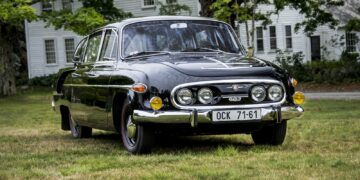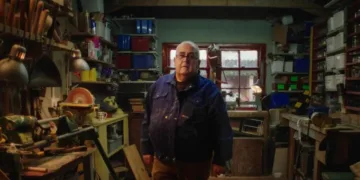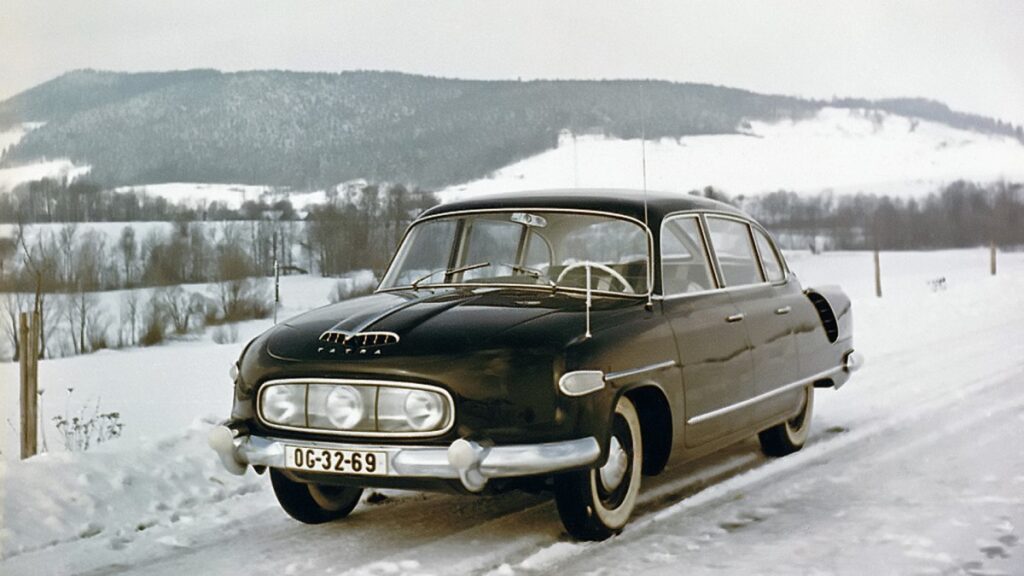Little illustrates the difference between West Germany and East Germany as much as the cars of the respective states. With the reunification 30 years ago, the streetscape in the new all-Germany changed visibly. 2-stroke cars rattled through Hamburg, Porsche and Mercedes raced towards the East.
East Germany also used to have more luxurious sedans. Some were imported from the West, while others were bought from other Eastern states. All in all, they were much rarer than in the West. But no less beautiful. Below are five great cars from East Germany. We explain what they once meant to East Germany and what became of the manufacturers. And how much used examples cost today.
You don’t choose the limo, but the limo chooses you: East Germany citizens can’t buy a Tatra 603; at best, they get the hatchback model from 1959 on. However, only higher officials had a chance to buy the 4.97-meter-long Czech. This unites the Tatra 603 with all other luxury cars from the Soviet Union and the “Eastern Bloc countries” (Warsaw Pact).
Technically, Tatra differs fundamentally from the stretch versions of (Russian) GAZ models, which are more common among party grandees, visually anyway. What noble limo comes with a V8 rear engine and the front design of a bumper car?
The drop shape and the centrally positioned main headlight behind glass served aerodynamic purposes. Its 2.5-liter eight-cylinder engine is supposed to provide the appropriate power for this finer car. Tatra used the naturally aspirated engine with 105 hp and 166 Newton meters in the brand’s only formula racing car. Lengthwise dynamics count in the Tatra 603, as the idea for this car was born out of dissatisfaction. The Russian limos were simply too slow for Prague’s party officials.
Actually, in the 1950s, Tatra was no longer building cars. The factory in Koprivnice (near Ostrava) was supposed to produce only military trucks. But Tatra restarted passenger car production for the 603 in 1956. From 1969, Tatra builds the front of the 603 with four individual headlights. Contemporary vehicle tests show that the air-cooled rear-wheel-drive car (with swing axle) eventually loses its marked tendency to oversteer.
Tatra produced the 603 until 1975, and used models eventually found their way to cab stands and into the fire department in the Czech home market. In East Germany, Tatra 603 remains rare until the end and a vehicle of the elite.
During the years after reunification, vintage car fans recognized the special nature of this V8 sedan: Used examples are rare and expensive on car websites, two Tatra 603s are offered 30 years after reunification. The later version with two double headlights on the front costs 34,000 euros; for the Ur version of a 603, a seller estimates 145,000 euros.
Alternatives from the same manufacturer do exist. Other eight-cylinder sedans followed the 603 from the Czech manufacturer (613, 623, 700). Just under 10 years after the fall of the Berlin Wall, this truck manufacturer built its last series-produced passenger car to date.


















































Discussion about this post